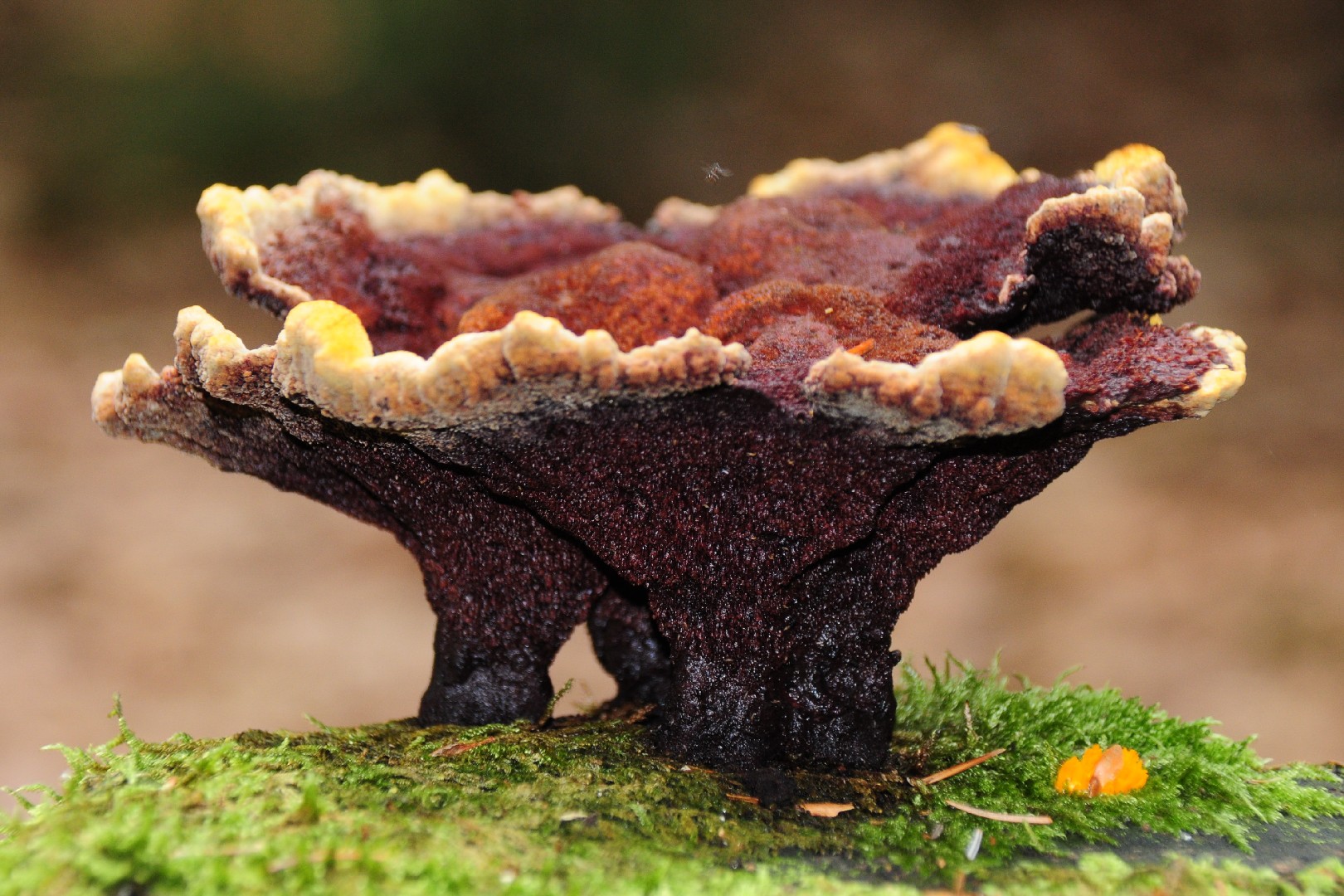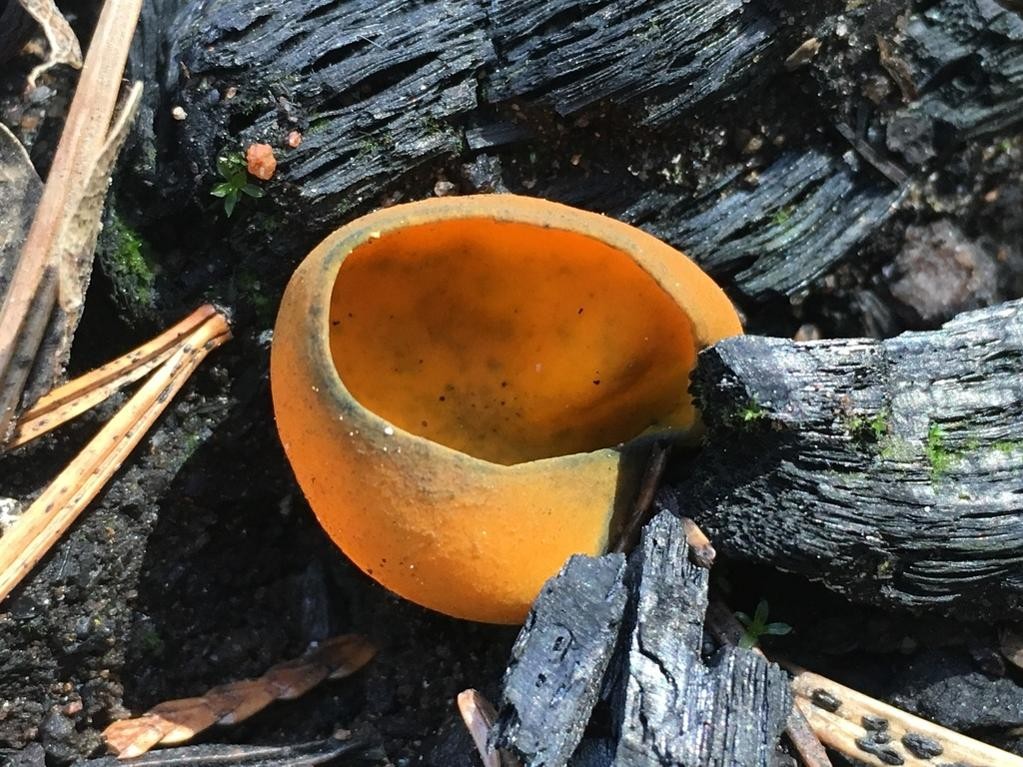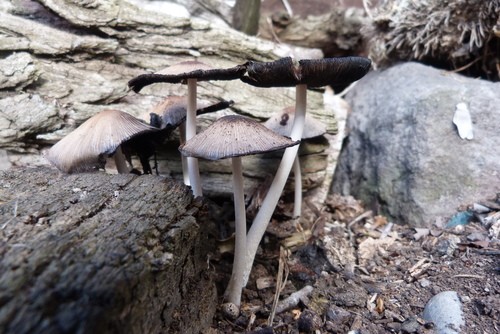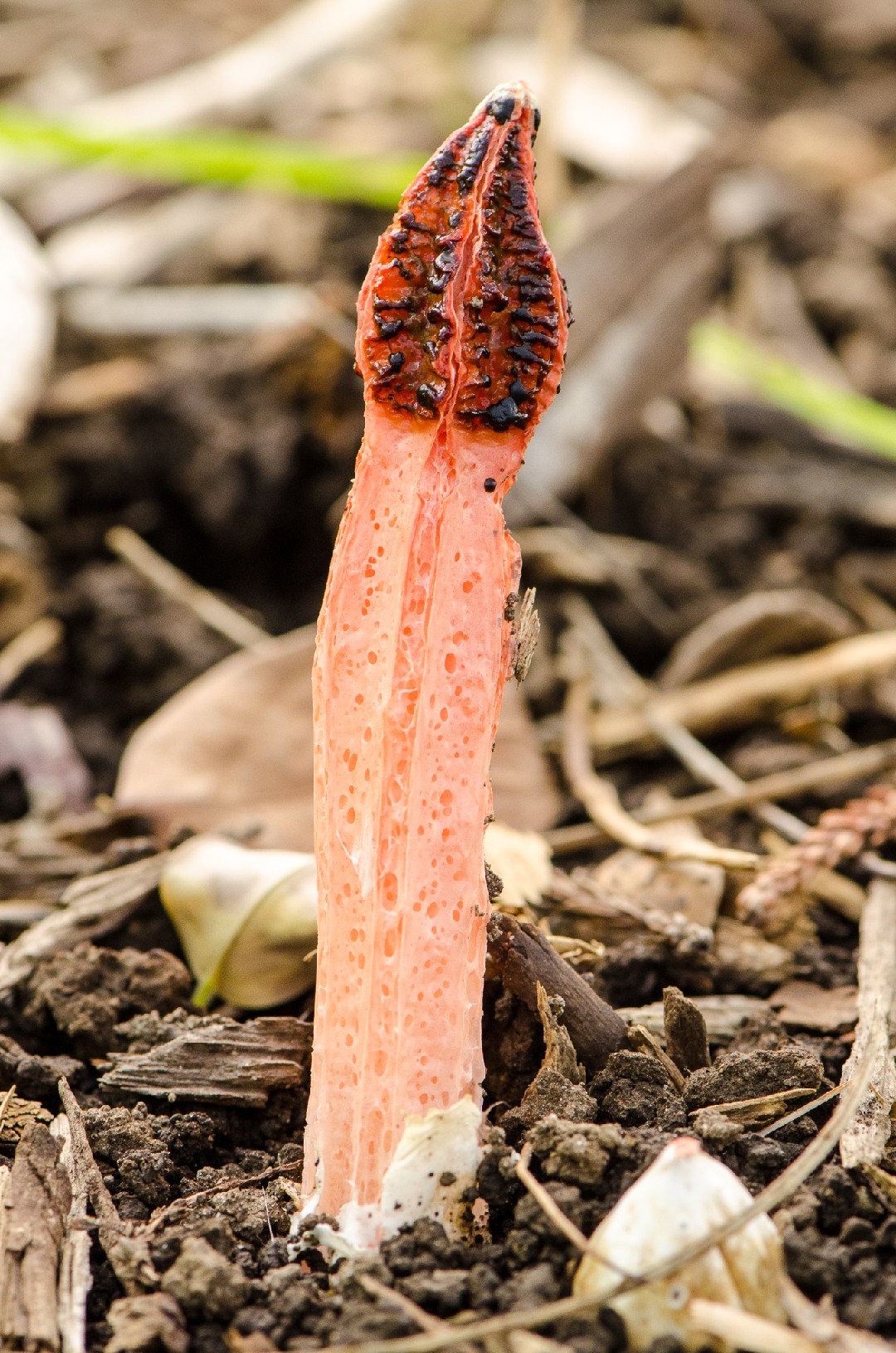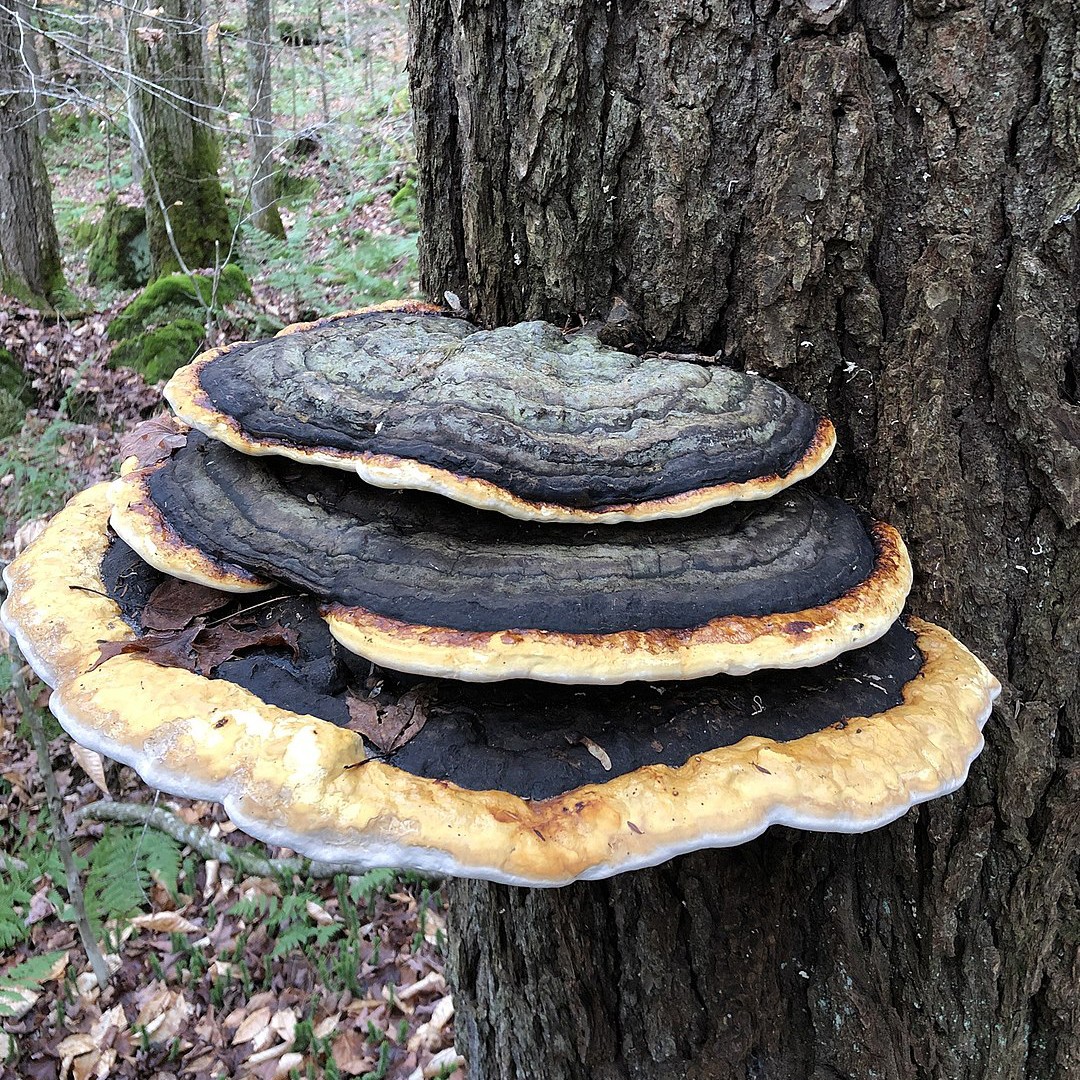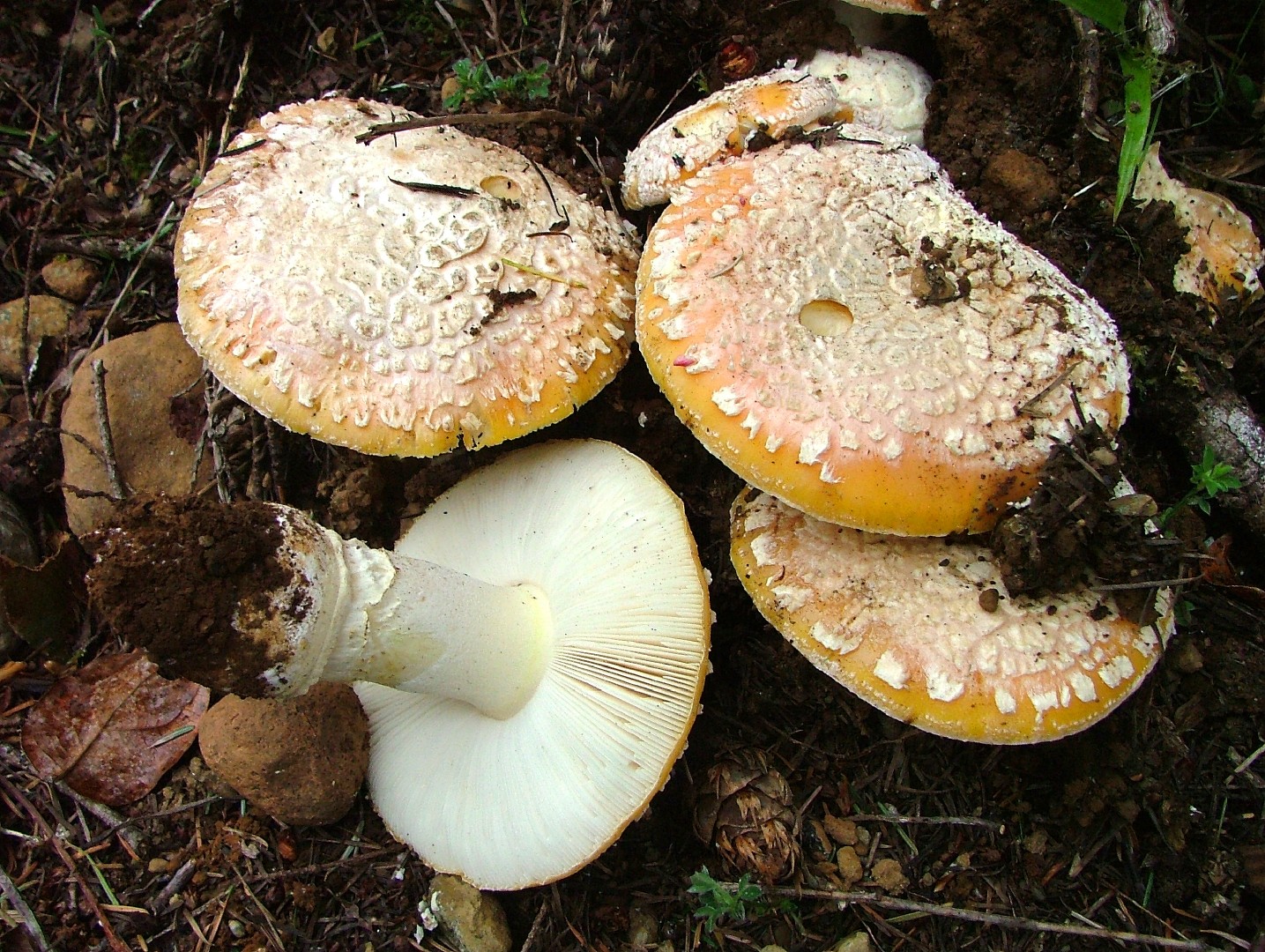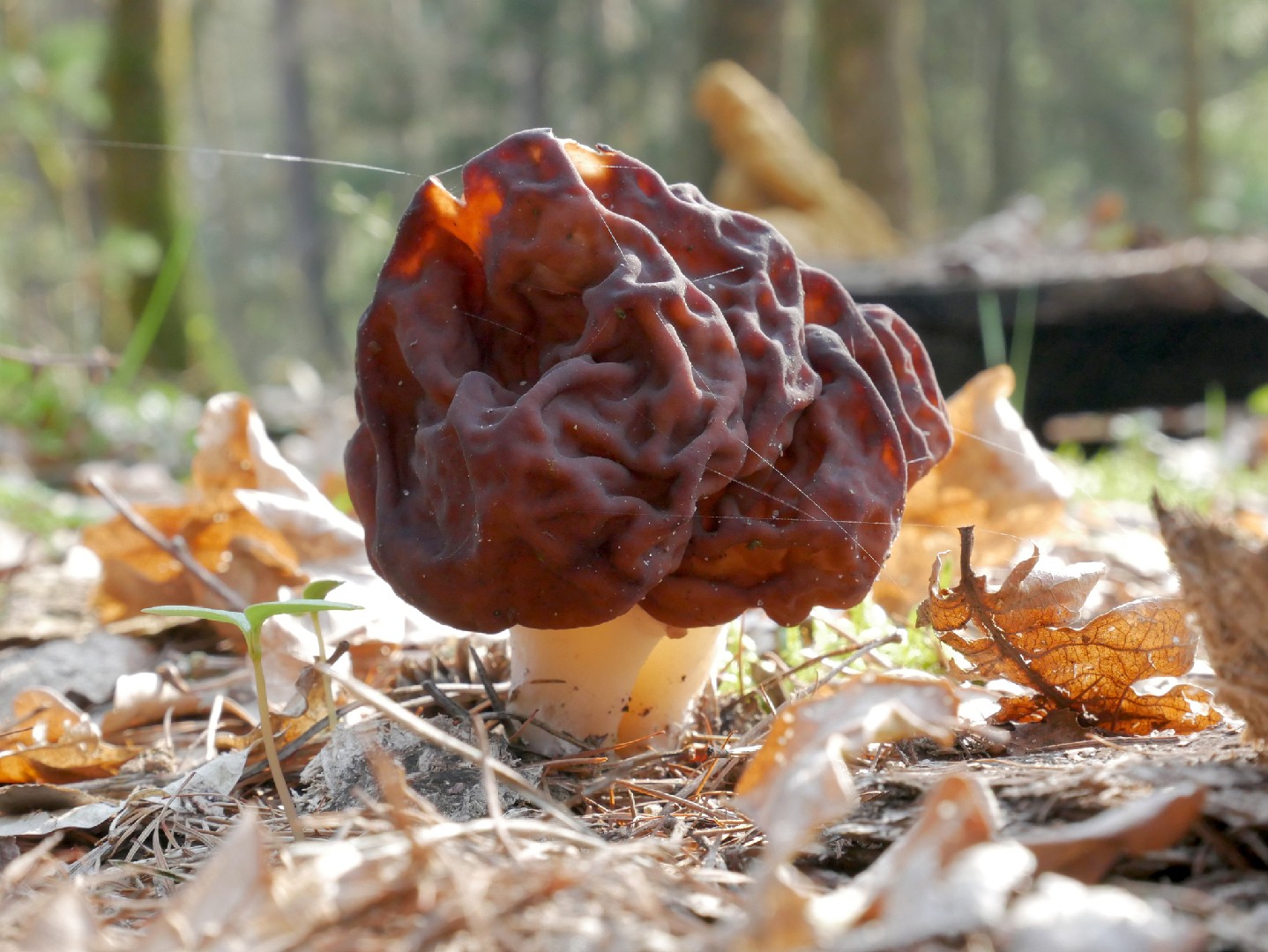Top 20 Most Common Mushrooms in West Richland
Welcome to our mushroom haven, located in West Richland! Known for its blend of agriculture and viticulture, West Richland boasts an exceptionally fertile ecosystem where mushrooms thrive abundantly. Dive into our top 20 common mushrooms found in West Richland, giving this unique place its special mycological charm. Each variety reflects the richness of our locale, reinforcing our nature-driven identity.
Most Common Mushrooms
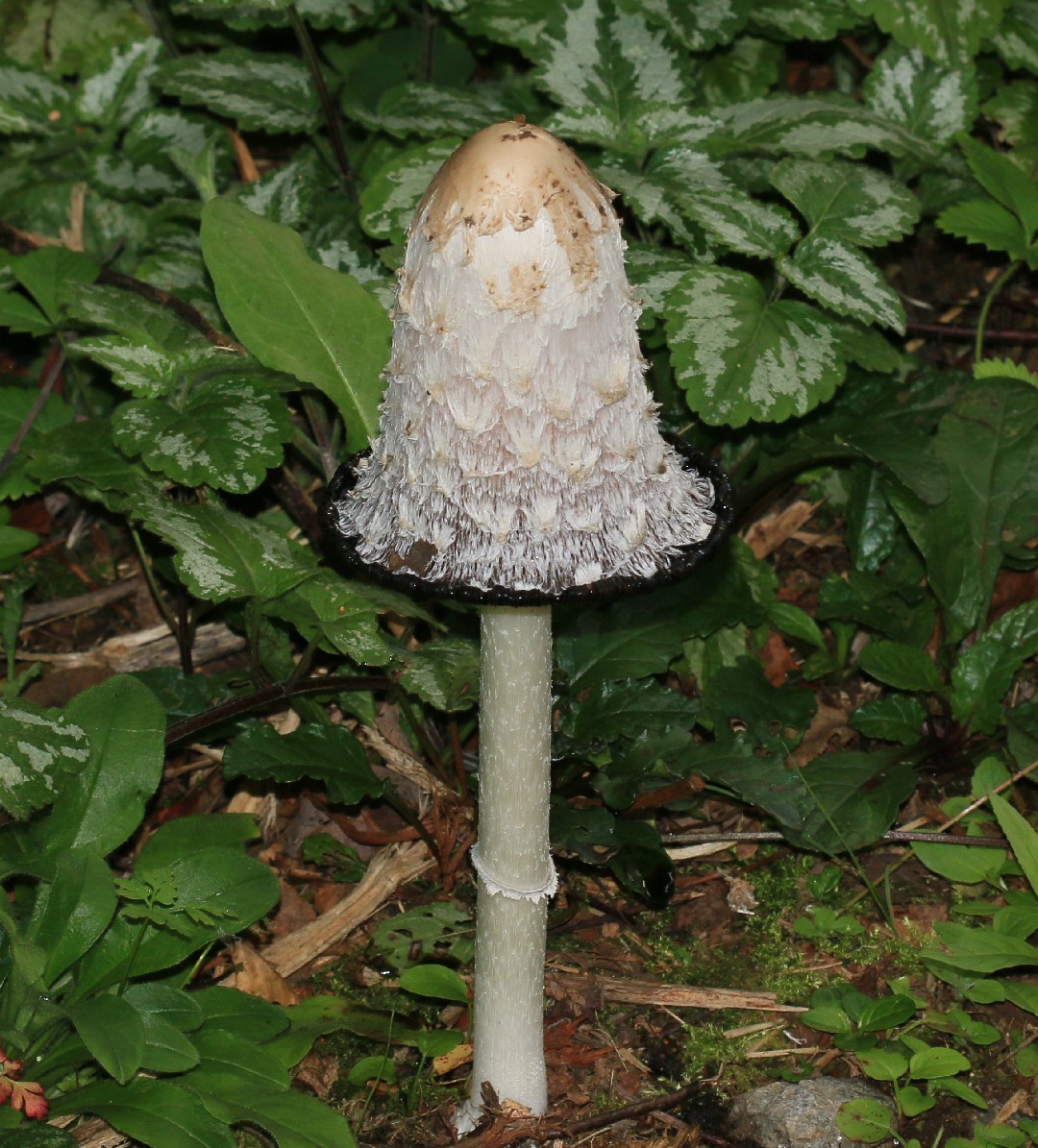
1. Shaggy mane
The shaggy mane mushroom is commonly found in North American and European grasslands. Some peoples foraged for its young egg-shaped caps, but it has more recently been found to be a bioaccumulator of heavy metals, meaning it pulls toxic metals up from the soil where it grows. As a result, shaggy manes should not be eaten. The mushrooms usually appear in clusters or “fairy rings.”
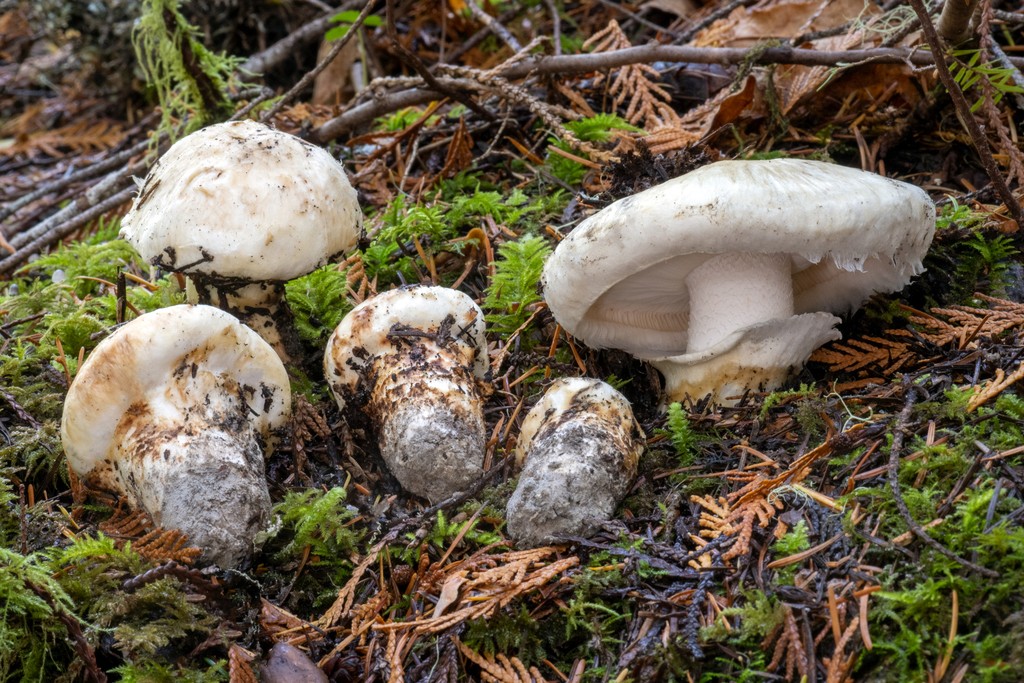
2. American matsutake
The American version of the prized matsutake mushroom, american matsutake occurs more frequently on the West Coast. It forms mycorrhizal connections with trees and is particularly associated with conifers. American matsutake is considered a choice edible due to its unique aroma and has cultural importance in Japan, where it is given as gifts or used in wedding ceremonies. Due to this high demand, some harvests of american matsutake are exported to Japan to supplement its local matsutake supply.
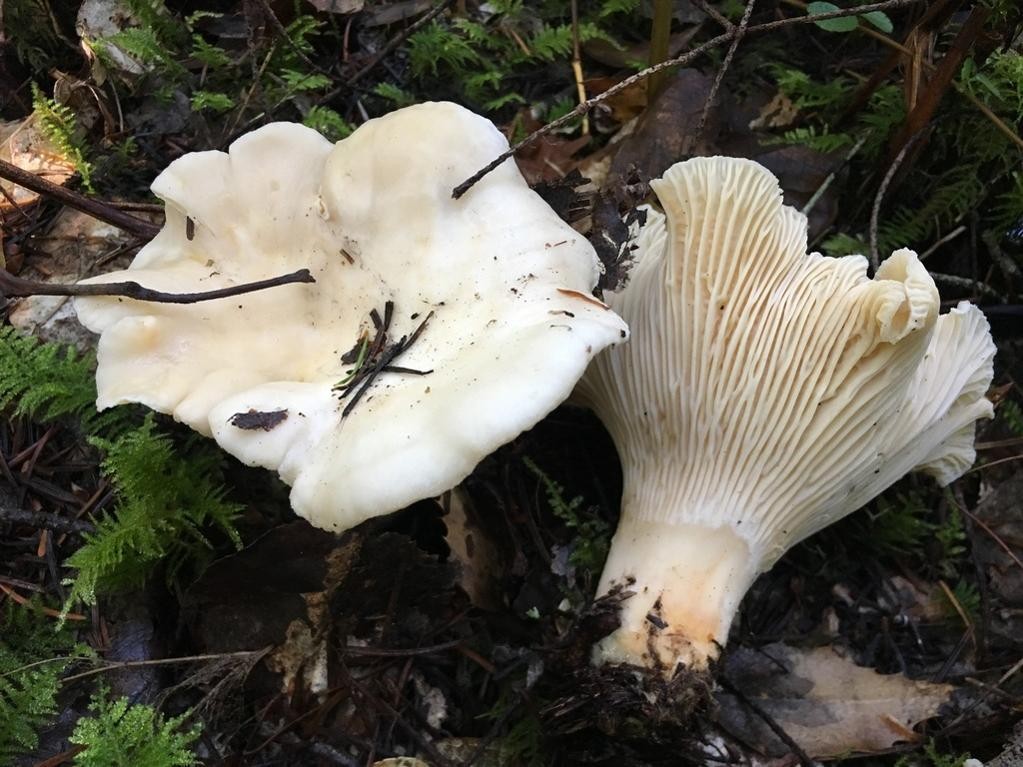
3. White chanterelle
The white chanterelle differs from other chanterelles by its extremely pale, almost white fruitbody. Due to its well-developed false gills, it can be confused with members of the Clitocybe genus at first glance. But, like all chantarelles and unlike the Clitocybe species, it's almost never attacked by maggots!
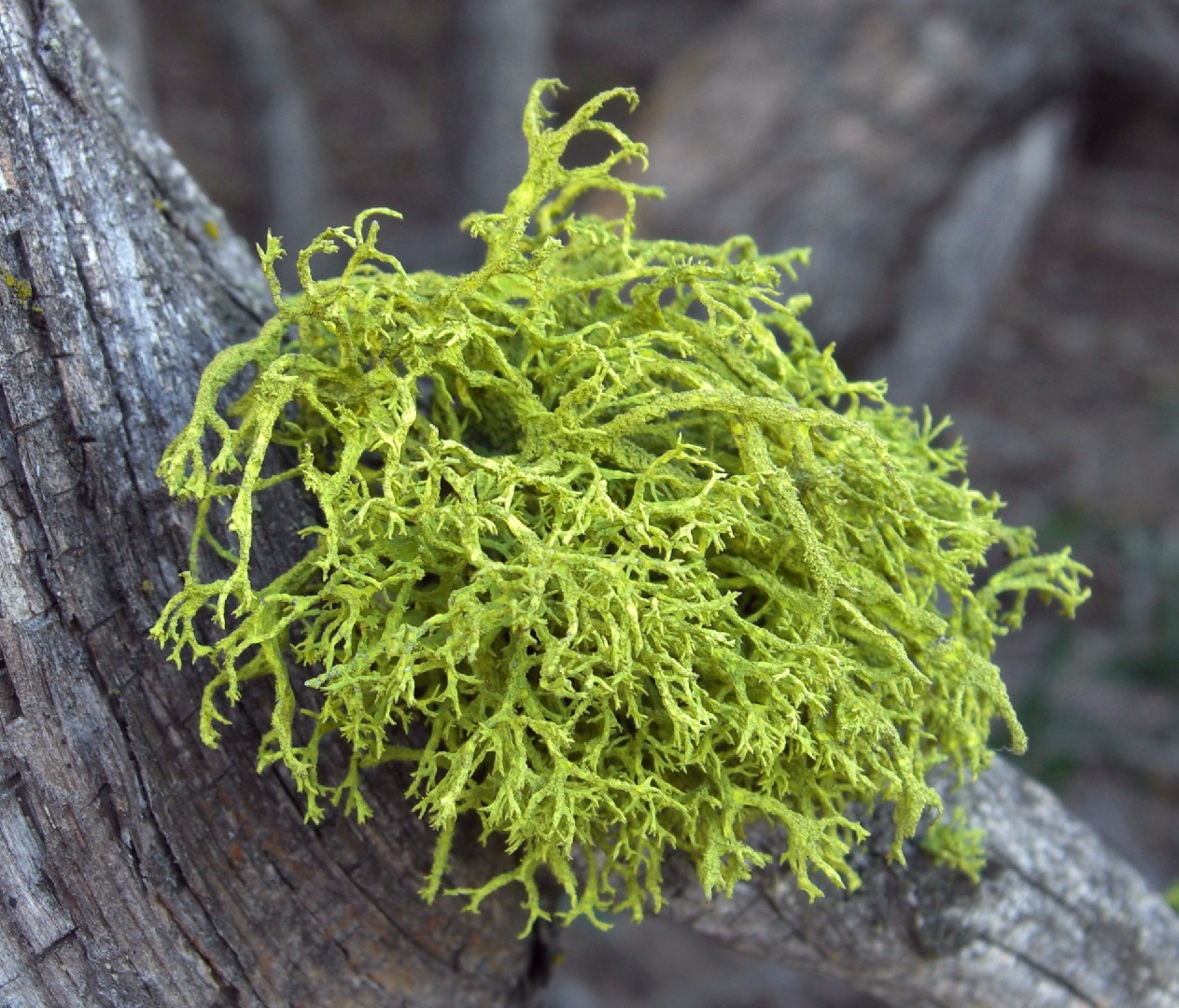
4. Wolf lichen
The thallus, or vegetative body, has a fructicose shape — that is, shrubby and densely branched — and a bright yellow to yellow-green, or chartreuse color, although the color will fade in drier specimens. Its dimensions are typically 2 to 7 cm (0.8 to 3 in) in diameter. The vegetative reproductive structures soredia and isidia are present on the surface of the thalli, often abundantly. 
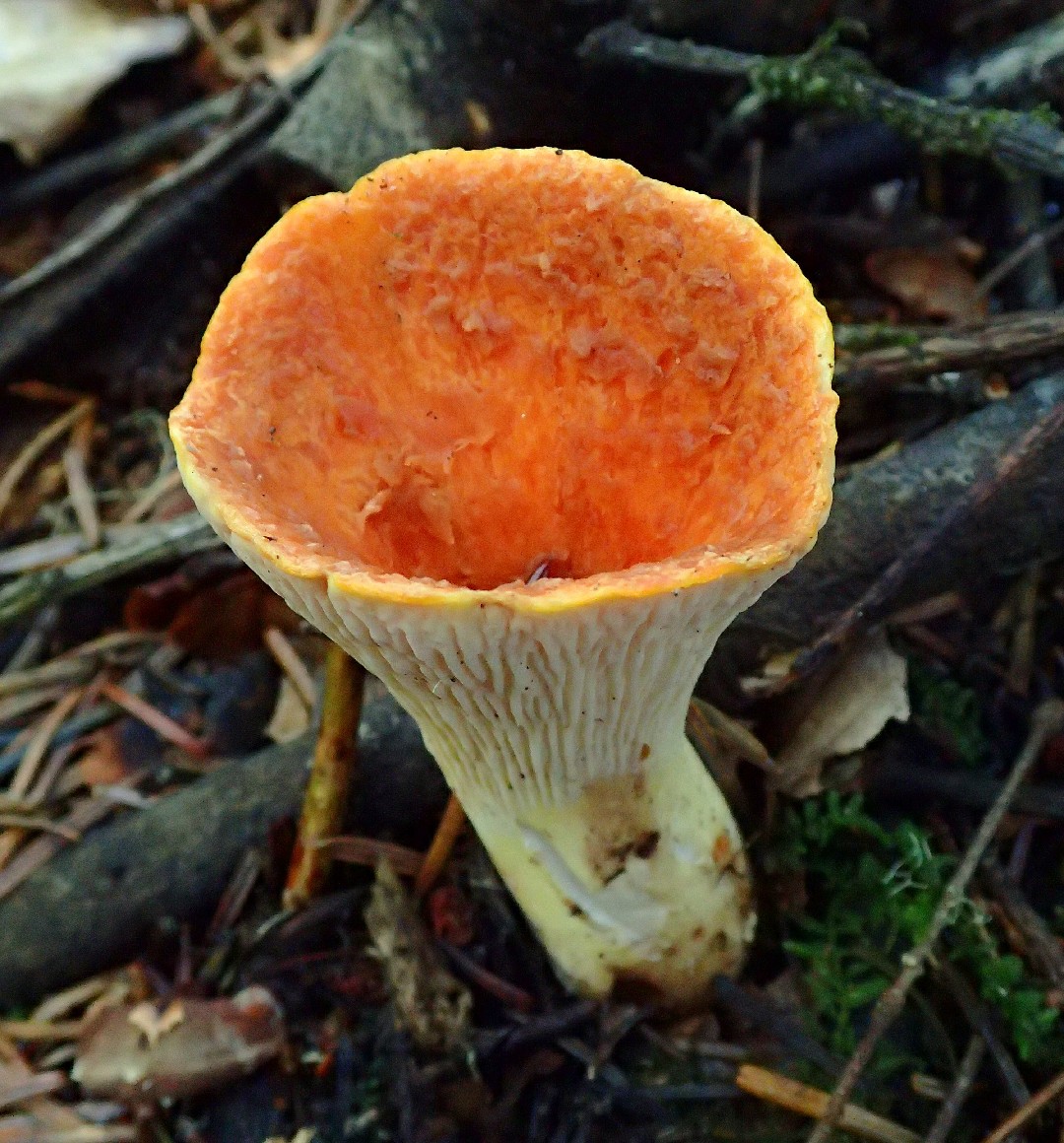
5. Woolly chanterelle
The woolly chanterelle, which looks only vaguely similar to its famed, edible chanterelle cousins, is vase-shaped and has large, pale folds and wrinkles on its underside (as opposed to having gills, like those of more sought-after chanterelles). Woolly chanterelles can cause upset stomach, vomiting, and diarrhea in some who eat them, while leaving others completely unaffected. Needless to say, the species is not considered a "choice edible".
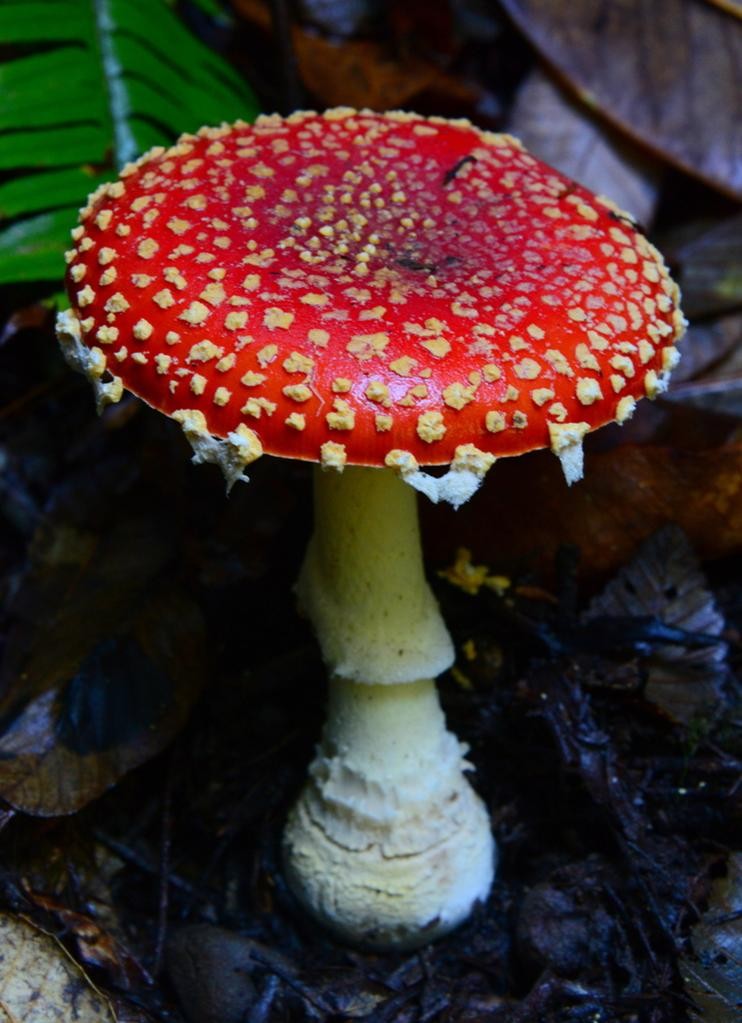
6. Fly agaric
In Northern Asia and Europe, fly agaric grows under trees near the winter solstice and is collected for ritual use tied to the season. Its characteristic shape and coloring are still ubiquitous in many European fairy tale illustrations and Christmas traditions. It is highly toxic.
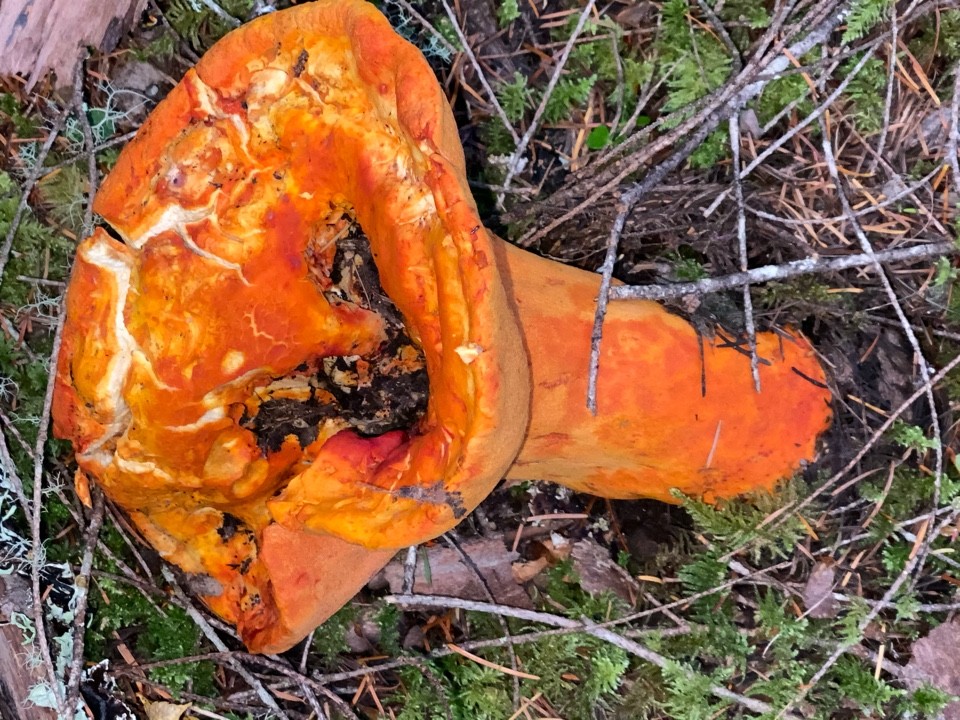
7. Lobster mushroom
The lobster mushroom is actually not a species of mushroom, per-se. When Hypomyces lactifluorum mold attacks one of several common species of Russula mushrooms, it transforms them into lobster mushrooms: they shrivel, harden slightly, and turn bright orange or vermillion. Surprisingly, this only makes them more flavorful. Lobster mushrooms are highly sought after for their distinctive, seafood-like flavor when cooked. Upset stomachs have been reported when eaten raw.
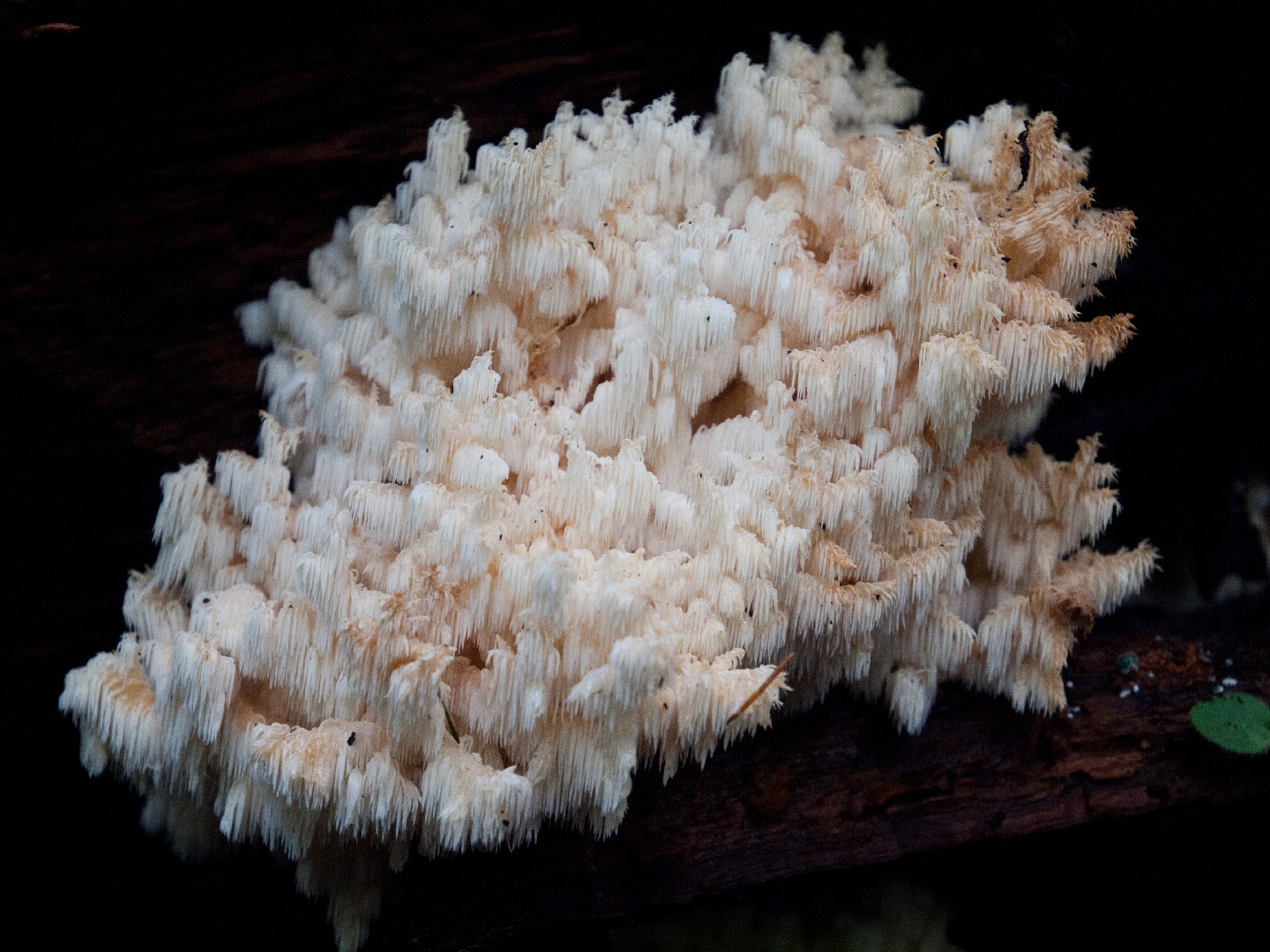
8. Bear's head
Bear's head is the most common variety of Hericium. It often grows on conifer logs in North America. The bear's head grows alone and is rather large, ranging from the size of a softball to a soccer ball.
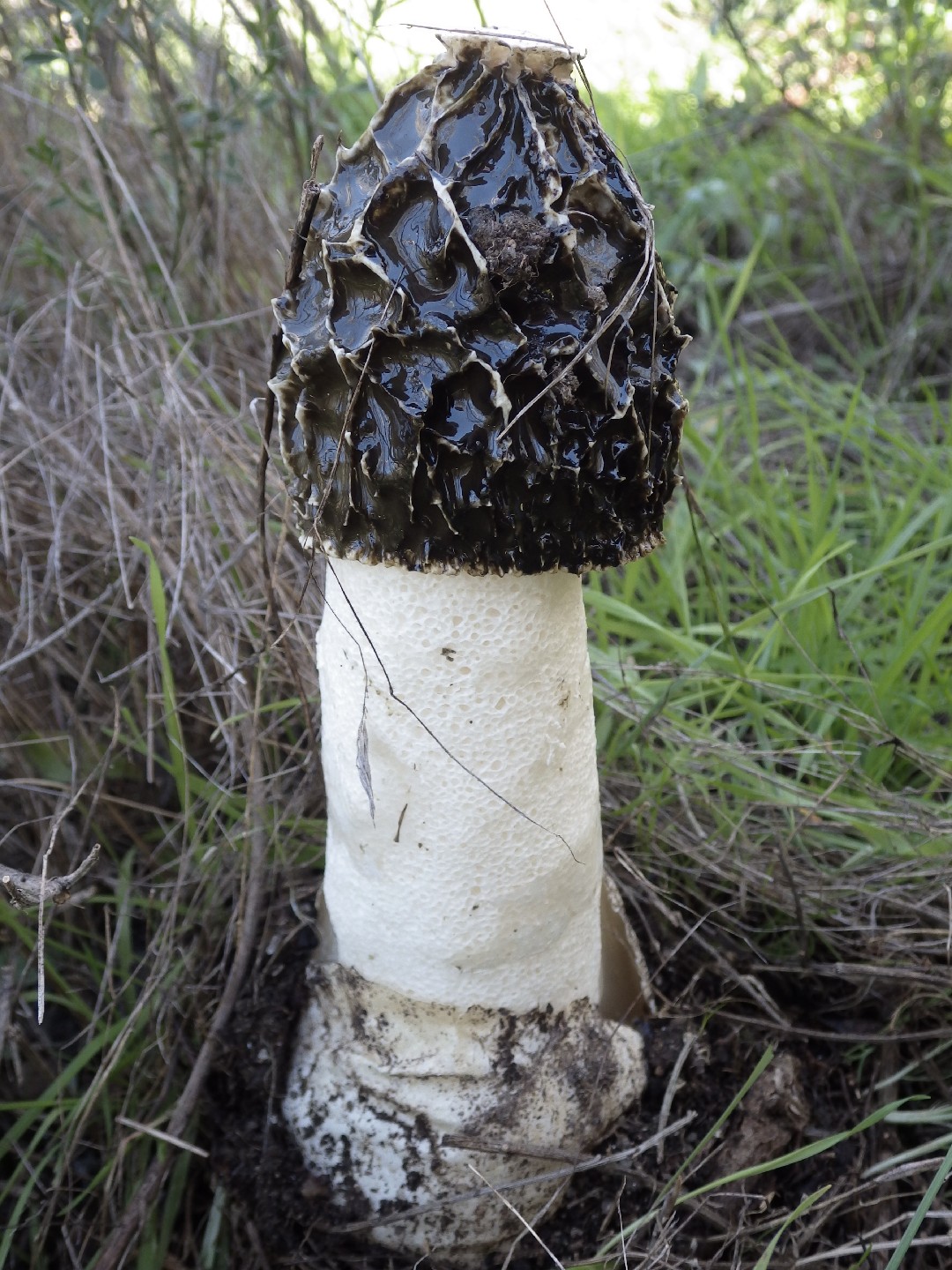
9. Common stinkhorn
The common stinkhorn (Phallus impudicus) grows incredibly quickly, sometimes nearing 30 cm in a single afternoon. Their caps are pitted in a way which makes them reminiscent of morels. However, there's little mistaking the common stinkhorn for a morel; the former, in addition to sporting a much longer stalk, has a clear and pungent odor.
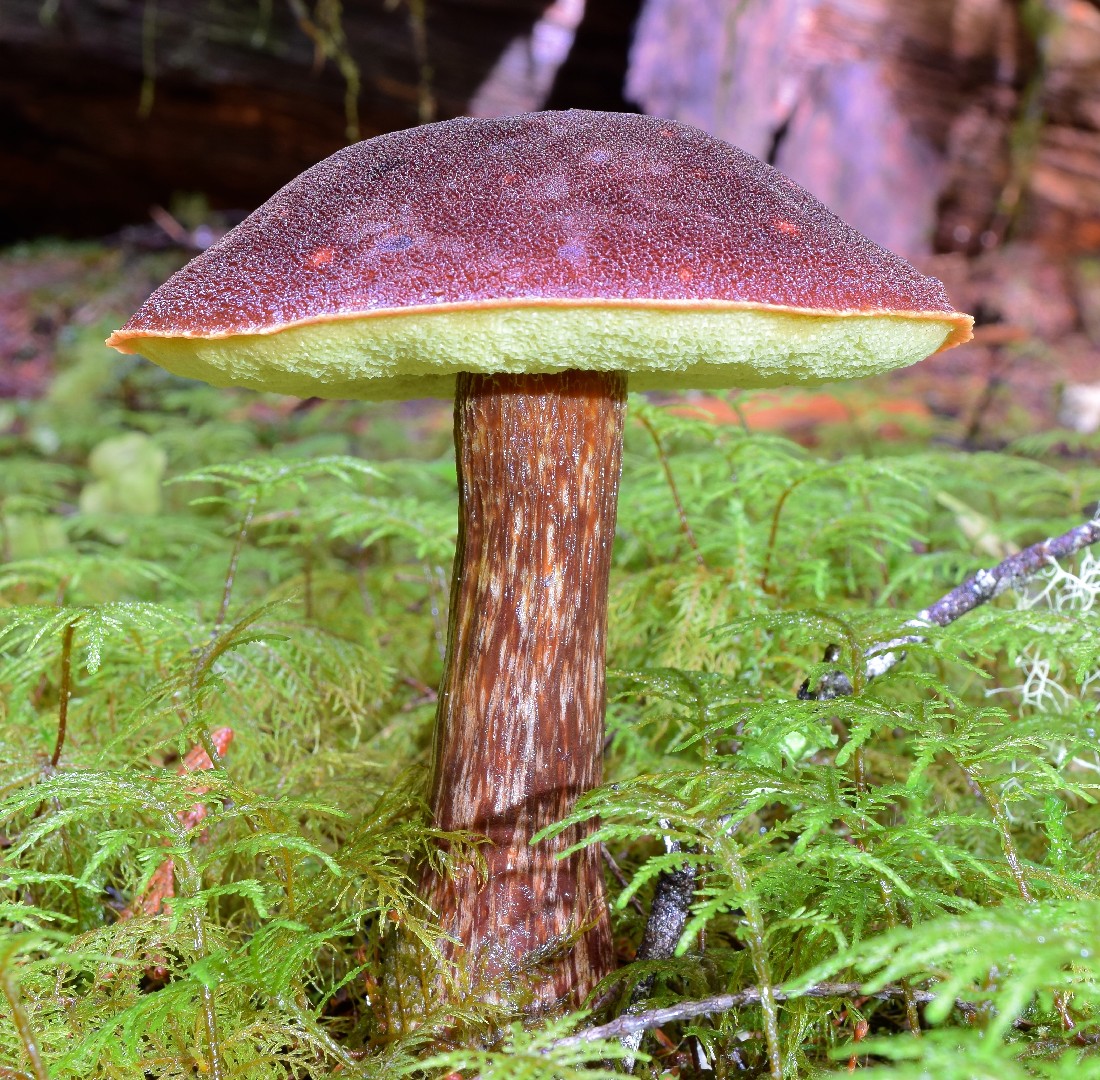
10. Admirable bolete
The admirable bolete (Aureoboletus mirabilis) is one of many mushrooms that have recently been reclassified; it was given its own taxonomy after rigorous DNA testing. They thrive exclusively in the fallen needles from the majestic hemlocks of the Pacific Northwest. The cap is a favorite snack for insects of the forest floor and is often found riddled with worms!
More

